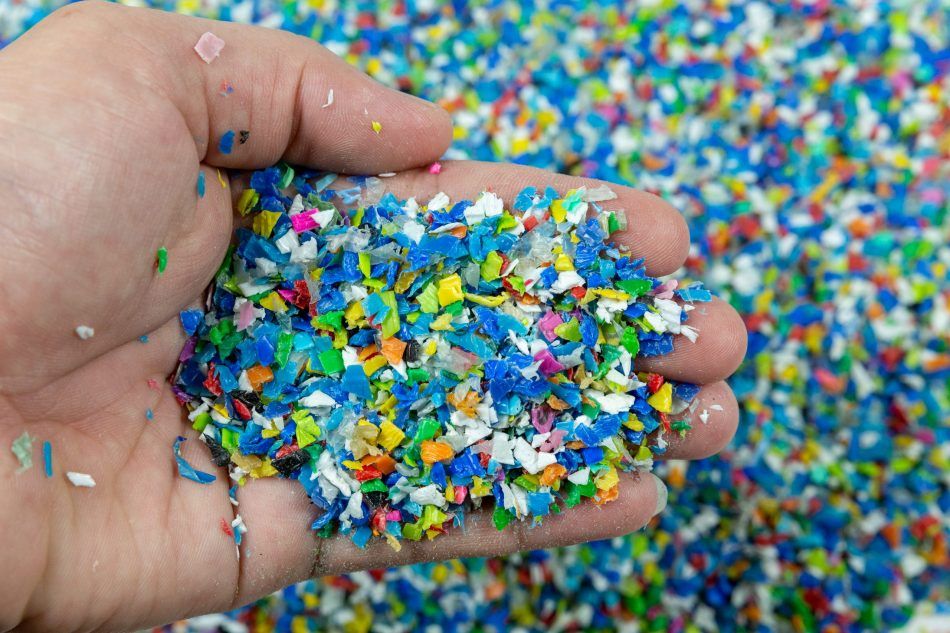
Researchers from Rice University have developed a method that makes plastic waste absorb carbon dioxide. This method uses the application of potassium acetate to turn plastic waste into carbon dioxide absorbers – as a win-win for the environment.
On Rice University’s website, they explain that “Rice chemist James Tour and co-lead authors Rice alumnus Wala Algozeeb, graduate student Paul Savas and postdoctoral researcher Zhe Yuan reported in the American Chemical Society journal ACS Nano that heating plastic waste in the presence of potassium acetate produced particles with nanometer-scale pores that trap carbon dioxide molecules.”
The team created a powder of the plastic waste, which was then combined with the potassium acetate and heated to 1,112 Fahrenheit for 45 minutes, making the optimal pores about 0.7 nanometers wide. This process started a wax byproduct that researchers believe can be recycled into lubricants and detergents.
“Point sources of CO2 emissions like power plant exhaust stacks can be fitted with this waste-plastic-derived material to remove enormous amounts of CO2 that would normally fill the atmosphere,” said chemist James Tour. “It is a great way to have one problem, plastic waste, address another problem, CO2 emissions.”
Unlike other chemicals tested on plastic, potassium acetate makes standard plastic effectively absorb CO2 and makes the plastic reusable. Plus, this method is less expensive than other methods tried.
According to Rice University’s website, “the cost of carbon dioxide capture from a point source like post-combustion flue gas would be $21 a ton, far less expensive than the energy-intensive, amine-based process in common use to pull carbon dioxide from natural gas feeds, which costs $80-$160 a ton.”
This method is more efficient and less expensive than others. Still, it also makes plastic capable of absorbing CO2 and being reusable, which can contribute to a greener and more sustainable future.
You can read the whole study here: ACS Publications — Plastic Waste Product Captures Carbon Dioxide in Nanometer Pores | ACS Nano






